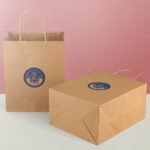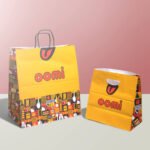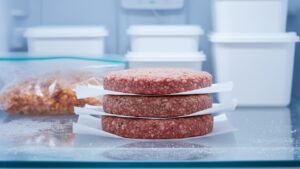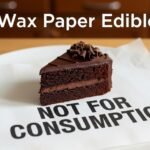Wax paper is a versatile and necessary device in the food sector, with various useful applications. It is commonly used to wrap sandwiches, bakery items, cheese, and deli meats, ensuring moisture resistance and freshness. Wax paper is also frequently used to line baking pans and allow the easy release of cooked foods. Furthermore, its nonstick characteristics make it perfect for packaging fried dishes and lining food baskets. Printing on custom wax paper improves branding by allowing businesses to market their products. At the same time, providing a useful and visually appealing packaging option for a variety of food items.
1. Wrapping Sandwiches in Wax Paper
Wrapping sandwiches with customized wax paper is a convenient and appealing method to keep food fresh. The wax coating provides a moisture-resistant barrier, keeping the sandwich fresh without becoming soggy. The custom sandwich paper provides a customized choice for making sandwiches fresh and tasty. Wax paper is flexible enough to be readily wrapped around sandwiches and then making it a neat and convenient packing solution. Furthermore, its nonstick surface prevents fillings such as cheese or sauces from clinging to the paper which provides diners with a pleasant and clean eating experience.
2. Lining Baking Pans in Wax Paper
Lining baking pans with custom wax paper provides easy release of baked items while also adding an extra layer of safety. The wax wrapping on the paper keeps bread and batter from according to the pan and makes cleaning considerably easier. Custom wax paper can be imprinted with logos or other branding components providing a dual-purpose solution for bakeries and food makers. The paper also aids in proper heat dispersion while baking, yielding consistent results. This simple but efficient method is ideal for cakes, cookies, brownies, and other baked items.
3. Food Wrapping and Packaging in Wax Paper for Food
Custom wax paper is a great option for food wrapping and packaging, combining use with branding potential. The wax layer keeps food fresh by providing a moisture-resistant and nonstick surface. It also protects the food from contamination, keeping it clean during handling and transit. Wax paper is a versatile option for general food wrapping, burger wrapping paper offers more customized packaging for businesses in the food industry. Wax paper is particularly effective for wrapping sandwiches, snacks, and baked products, keeping them fresh while providing a visually beautiful. The eco-friendly packaging alternative appeals to environment-concerned users.
wax paper is a versatile option for general food wrapping, custom burger wrapping paper offers a more specialized solution for businesses in the food industry.
4. Wrapping Cheese and Deli Meats in Wax Wrapping Paper
Custom wax wrapping paper is great for keeping cheese and deli meats. The wax coating on the paper reduces moisture loss and keeps the products fresh for longer. It also acts as a barrier to air, which may cause degeneration. Custom-printed wax paper can feature a brand’s branding, allowing a company to promote itself while still offering practical packaging. This type of packaging preserves cheese and deli meats fresher for longer, while also adding an appealing and branded touch to the product presentation.
5. Wrapping Bakery Goods in Custom Wax Paper
Wrapping bakery goods in custom-designed wax paper. It is a great method to preserve freshness while maintaining presentation. The wax coating creates a moisture-resistant barrier. They are allowing baked goods like cookies, muffins, and pastries to stay fresh for longer. Custom printing on wax paper provides an expert and personal feel-good. This allows bakeries to promote their brand or display seasonal designs. Furthermore, the non-stick surface keeps baked items from clinging to the paper, preserving their look while making them easier to handle and transport, guaranteeing consumers receive fresh, beautifully presented delights.
6. Packaging Fried Foods in Wax Paper
Wrapping fried items in personalized wax paper is an excellent method. They keep them fresh while also presenting a professional and branded look. The wax coating helps to maintain the crispy quality of fried foods. They prevent moisture from affecting them and keep them crunchy for longer. The custom Food paper makes your food crispy and absorbs extra food oil. This packaging option is ideal for restaurants and food trucks that provide fried chicken, fish, chips, or french fries and they are making the meal appealing and convenient for customers on the go.
7. Lining Food Baskets in Wax Paper for Food
Lining food baskets with particular wax paper is a clean and attractive way to display food. The wax paper’s cooking surface prevents food from sticking to the basket, making cleanup easier. Custom graphics or branding on wax paper improve the overall presentation and allow businesses to market their brand. Wax paper also provides a layer of protection, keeping food fresh and improving the customer’s dining experience. It’s a simple yet effective solution for restaurants, cafes, and catering companies searching for a beautiful way to serve meals.
8. Storing and Presenting Food in Wax Paper
Storing and presenting food in customized wax paper is a practical and appealing solution. The wax layer on the paper functions as a moisture hurdle and keeps the food fresh and quality. Wax paper, which is used for sandwiches, bakery items, and deli products, provides a clean and professional appearance. It is also protecting food from contamination. Its adaptability makes it an excellent choice for both storage and display in food service settings.
9. Creating Custom Food Wraps in Wax Wrapping Paper
Custom food wraps made from wax wrapping paper are a practical solution for food preservation and branding. The wax layer on the paper keeps food fresh by decreasing moisture loss and keeping flavor. Custom wax wrapping paper can be printed with designs, bright creates, or promotional messaging, providing a one-of-a-kind opportunity to market a brand. This sort of packaging is particularly popular for sandwiches, snacks, and baked products, as it offers a simple and environmentally beneficial solution for clients seeking both durability and quality in their food packing. Moreover, sandwich wrapping with wax paper requires FSC Certification for quality assurance in the USA. If you are a food brand You must plan to get this certification to make you credible in the market.
10. Branding and Marketing with Custom Made Wax Paper
Branding and marketing with specific wax paper is an excellent approach to boost a business’s visibility. It also increases the packaging’s functionality. Custom printing on wax paper allows companies to include logos, titles, and other branding elements. Making the paper into a useful marketing tool. Personalized wax paper not only keeps food fresh but also attracts attention to a company’s brand and assists in creating a memorable client experience.
Wax Paper Vs Uncoated Paper
| Feature | Wax Paper | Uncoated Paper |
| Coating | Coated with a thin layer of wax for moisture resistance and nonstick features. | There is no coating, thus it is absorbing and less reactive to moisture. |
| Uses | Ideal for wrapping food, lining baking pans, and maintaining freshness by reducing moisture waste. | Mostly used for ordinary wrapping, arts and crafts, and packaging dry products. |
| Moisture Resistance | High moisture resistance, perfect for wrapping greasy or moist food items. | Moisture resistance is limited, making it unsuited for sticky foods. |
| Heat Resistance | Wax can melt at higher temperatures which makes it unsuitable for high-heat purposes. | Also, it is not heat resistant, making it only suited for dry materials. |
| Food Application | Suitable for sandwiches, baked foods, cheeses, and deli meats. | Perfect for dry products such as biscuits, chips, and gift wrapping. |
| Customization | Available in both natural and printed forms for branding and marketing uses. | Typically specified in a simple form, with the option of printing. |
Common Forms of Wax Paper in the US Market
Wax paper is mostly available in the United States in both rolls or pre-cut sheets, with each choice catering to a 100% sure packaging requirement. The wax paper roll is the most used kind, as it allows for custom-sized packaging. Also, wax paper is frequently available in both standard and custom-printed modifications allowing businesses to include logos and graphics into their packaging. The most typical application is to wrap food, although is also used in baking and food preparation.
Wax Paper Sheets
Wax paper sheets are used for food preparation items. They’re ideal for wrapping sandwiches with lining baking pans and protecting kitchen countertops from sticky spills. Their nonstick surface facilitates food production and cleanup. Wax paper sheets are perfect for making homemade delights such as cookies, pastries, and sweets.
Wax Paper Rolls
Wax paper rolls provide a useful and consistent supply of this needed kitchen material. They are ideal for wrapping larger products such as cakes, pies, and slices of bread. The roll style allows you to cut the paper to the exact size you require, which reduces waste.
What Type of Foods Should Not Be Wrapped in Wax Paper?
Also, custom wax paper is a highly versatile and functional packaging solution for the food business. Its moisture-resistant features, non-stick surface, and capacity to keep food fresh make it appropriate for a wide range of uses, including sandwiches, baked goods, and deli meats. Likewise, custom printing enables organizations to better highlight their branding, increasing visibility and efforts to market. Wax paper is also a more safe choice for plastic wrapping, which aligns with sustainability ideals. Its versatility makes it a necessity for both food packaging and presentation. The assuring convenience, cleanliness, and a great client experience.
What Are the Effects of Wax Paper on Food?
When used properly, wax paper can provide a variety of benefits for food. The wax coating forms a moisture-resistant barrier that preserves food’s freshness by preventing it from becoming soft or drying out. It also resists contamination are makes it perfect for food wrapping and packing. However, the wax layer may be attached to fatty or oily foods affecting their look. Additionally, wax paper should not be used in high-heat cooking processes because the wax can melt and damage the consistency of the food.
Conclusion
Also, custom wax paper is a highly versatile and functional packaging solution for the food business. Its moisture-resistant features, non-stick surface, and capacity to keep food fresh make it appropriate for a wide range of uses, including sandwiches, baked goods, and deli meats. Likewise, custom printing enables organizations to better highlight their branding, increasing visibility and efforts to market. Wax paper is also a more safe choice for plastic wrapping, which aligns with sustainability ideals. Its versatility makes it a necessity for both food packaging and presentation. The assuring convenience, cleanliness, and a great client experience.
FAQs
What is the quality of wax paper in demand?
High-quality wax paper is food-safe, moisture-resistant, durable, and eco-friendly. Businesses often seek biodegradable or soy-based wax paper for sustainable practices.
What are the typical sizes in wax paper sheets?
Wax paper typically comes in sheets ranging from 12×12 inches for personal use to larger rolls like 18×1000 feet for commercial use.
How is wax paper printed?
Wax paper is usually printed using flexographic printing, a method that allows for custom branding and high-quality designs.
What type of wax is used in manufacturing custom wax paper?
Paraffin wax is most common, but eco-friendly options like soy or beeswax are gaining popularity for their sustainability.
Can I use wax paper instead of parchment paper?
No, wax paper is not heat-resistant and can melt or catch fire in the oven. Parchment paper is preferred for baking.
What common foods are wrapped in wax paper?
Wax paper is commonly used for sandwiches, deli meats, bakery items, and candies, offering moisture resistance and freshness.
What is the common printing method used for wax paper?
Flexographic printing is the most common method, providing high-quality custom designs.
Can custom wax paper be recycled, and is it eco-friendly?
Traditional wax paper is not recyclable, but some eco-friendly alternatives are biodegradable and compostable.
What is the ideal thickness of wax paper for wrapping food?
Wax paper used for wrapping food typically has a thickness of 30-50 gsm, ensuring durability without being too thick.
How do I properly store custom wax paper to maintain quality?
Store wax paper in a cool, dry place, away from direct sunlight and moisture, and keep it in its original packaging.
Can you put wax paper in an oven?
No, wax paper should not be used in an oven because it can melt or catch fire at high temperatures.
What is the difference between wax paper and baking paper?
Wax paper is coated with wax and is moisture-resistant while baking paper (parchment) is heat-resistant and safe for oven use.
What is better than wax paper?
Parchment paper is better for oven use, while eco-friendly alternatives like beeswax wraps are better for sustainability.
What is the manufacturing process of custom wax paper?
The process includes coating paper with wax, followed by printing with flexographic techniques and cutting into sheets or rolls.
Is custom wax paper safe for wrapping food?
Yes, as long as the wax used is food-safe, custom wax paper is safe for wrapping non-heated food items.

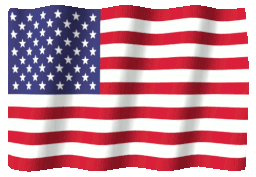 USA
USA
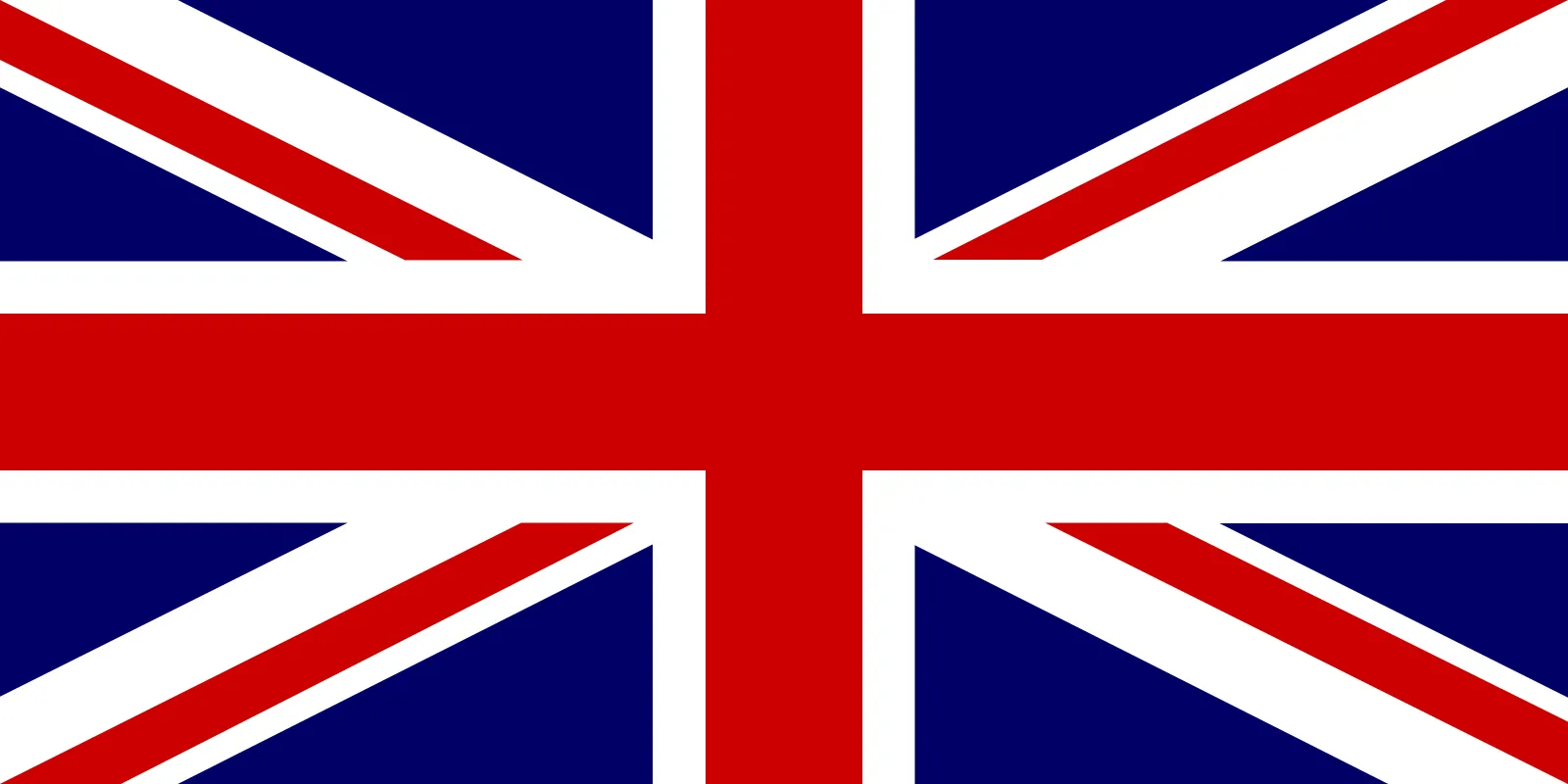 UK
UK
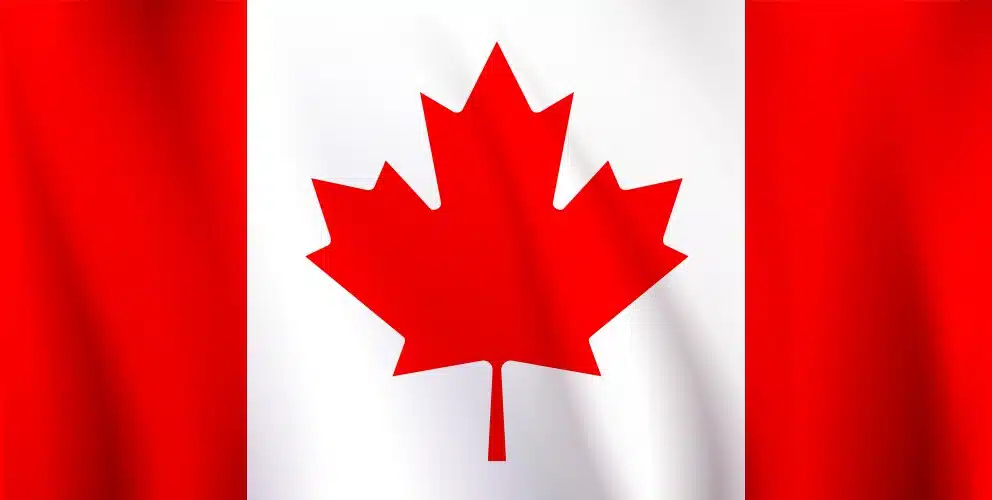 CA
CA


